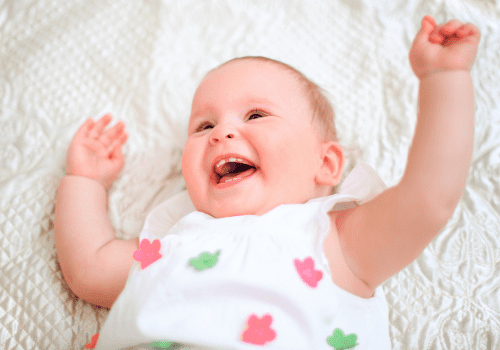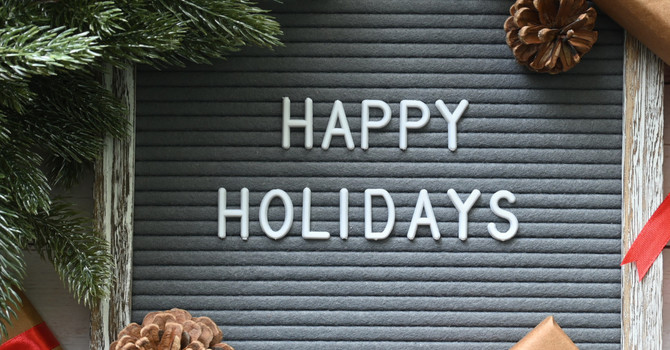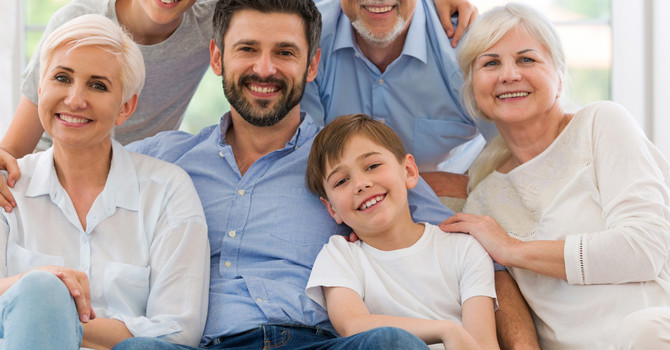
There is nobody in the world as busy as a one-year-old. It is possibly the most productive year of baby’s entire life. Most babies will be sitting up without support, rolling, crawling, and walking with assistance by this time. Babies should also have figured out by now how to roll on the ground and prop themselves back up to a seated position. There is no better time than now to baby-proof your home, so baby can explore without injury. Baby gates, removal of small items, cabinet locks, and closure of doors to certain rooms may be a must during this time. You may find it helpful to get down at their level and crawl around your home. You will get a whole new perspective of what baby sees at this level.
Some babies are in constant motion. Once crawling is mastered, babies will begin to focus on standing and taking those first few steps without assistance. They will begin to hold onto items around them and cruise around the furniture. As balance and muscular strength in the back and legs improves, they may begin to take a few independent steps. Until baby gets comfortable with walking they may walk like a drunken sailor and have many falls. It takes a lot of work to hold up and balance on their pudgy little legs and control arms that swing wildly from side to side. It is important to let baby “safe” fall so they can improve balance and learn. Learning is all about practice and improving on things we are not good at yet.
Around 12-14 months a child will walk with a wide-based, bow-legged gait with numerous little steps. As they can increase stride or step length the number steps will decrease and the speed increases. Your little walker may also be high-stepped and flat footed with outstretched arms for balance. Be ready for lots of falls and bumps while they are working on coordination, strength, and balance. By the age of 3 the gait pattern should be well-established and by the age of seven the child’s gait should resemble that of an adult. There is substantial variation in the way gait develops with children, but by 18 months of age the child should be walking. If there are concerns with walking please be proactive and bring to a healthcare professional that can evaluate and provide strategies to help them walk and improve gait.
By the end of this period, most babies have reached the following milestones:
- Moves into the sitting position independently
- Crawls in a hands-knees position – opposite arm & leg motion
- Pulls up to standing position, cruises on to furniture, stands without support and takes a few steps without support and begins to walk
- Uses pincer grasp (thumb and first finger)
- Places objects into container and takes them out of container
- Begins to do more functional activities, such as hold a spoon or turn pages in a book
- Simple gestures, such as waving “bye-bye” or shaking head “no”
- Start of first words such as “mama” and “dada”
- Says “mama” and “dada” and uses these terms specifically referring to a parent
- Object permanence – understands even though mom or dad are not in a room, they are around
What’s Next?
Your little one has grown A LOT physically, intellectually, and emotionally during this first year. You will find you have also grown a lot as a parent during this first year! You may even find your previous idea of parenting may look a lot different and that is okay. We don’t know what we don’t know until we experience things first hand. Many babies will triple their birth weight and measure around 28-32 inches by their first birthday. They are much more independent and may also have stronger emotions and “wants”. The next stage is “toddlerhood”. Try to enjoy each stage and find comfort in knowing the difficult phases will pass. Remember to seek assistance if you are concerned about the development of your child and ask for help if you find you are struggling. You are NEVER alone and know there is always someone who can help!
Enjoy the next year!
- Melanie Dockter, DC CACCP



